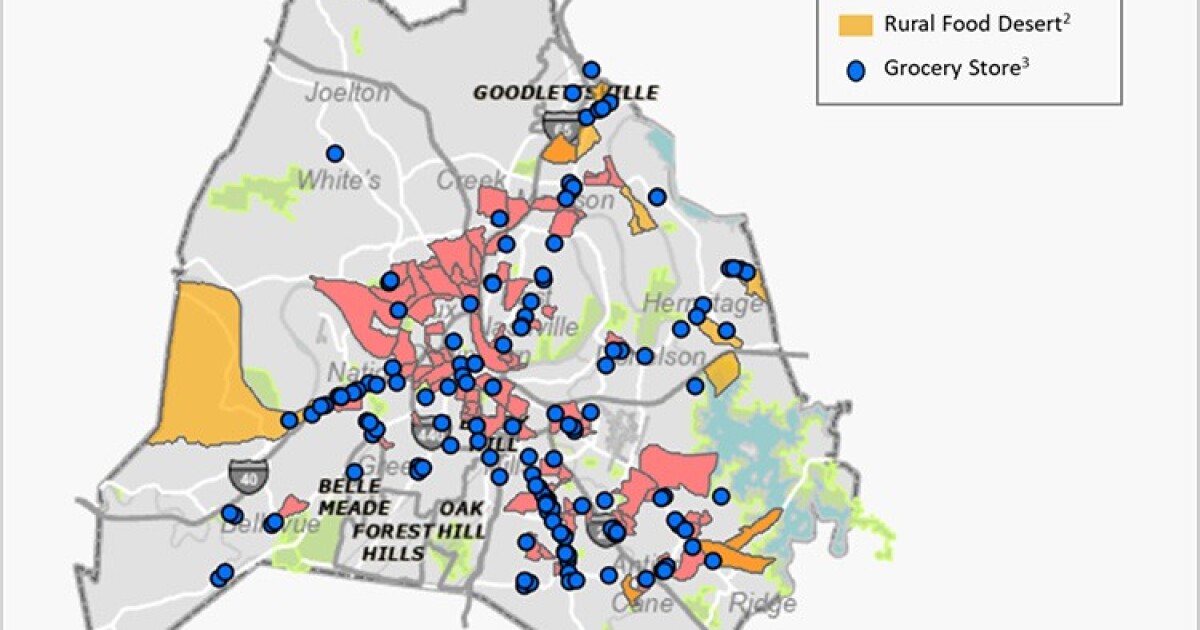Yellowstone National Park recently had to make a tough decision. Staff euthanized a black bear because it had become too comfortable around humans. This bear had discovered that people often bring food. It caused trouble at a campsite by breaking into tents and stealing campers’ food.
On June 7, the bear crushed an empty tent. Then, on July 11, it managed to climb up a storage pole, breaking into bags meant to keep food away from wildlife. This kind of behavior is unusual for bears in Yellowstone, but when they learn to associate humans with food, they can act dangerously.
I live near bears too. They sometimes go through our trash or even break into stores. Most locals know that allowing bears to get at our food is risky for the bears. If they get too used to humans, they may have to be euthanized, which is sad but sometimes necessary.
Concerns for safety were significant in this case. The bear not only damaged property but also posed a threat to visitors. The park officials explained their decision was based on the bear’s behavior and its ability to bypass safety measures.
The euthanization took place near Mammoth Hot Springs. The adult female bear had repeatedly visited the backcountry site in the northern part of the park, raising alarms among staff.
Kerry Gunther, a bear management biologist at Yellowstone, stated, “We do everything we can to keep bears away from human food. However, sometimes they get around our measures, and we must take serious action for safety.”
It’s worth noting that bear encounters are not new. In 2020, another bear was euthanized after causing injuries to campers. Overall, the management of bear interactions is a complex issue.
With so many visitors flocking to national parks, the balance between human safety and wildlife preservation becomes more challenging each year. According to the National Park Service, in 2022, there were over 5 million visits to Yellowstone. This heavy foot traffic increases the likelihood of encounters.
It’s essential for us to understand and respect these animals and their habitats. Proper food storage and awareness can make a big difference in keeping both bears and people safe. By learning about their behavior and practicing caution, we can help preserve wildlife for future generations.
For more information on bear safety in Yellowstone, you can visit the National Park Service.
Source link
black bear,yellowstone,yellowstone national park






















